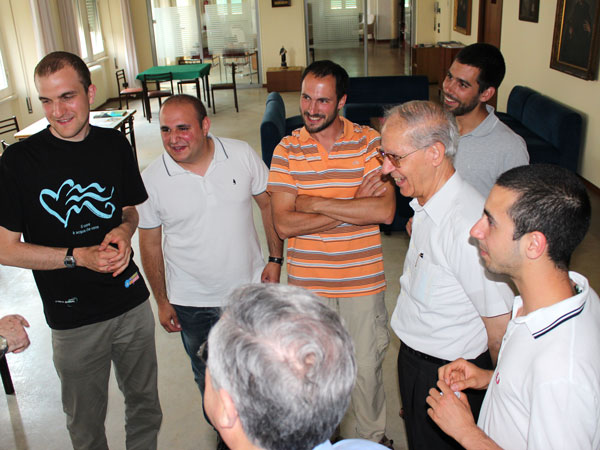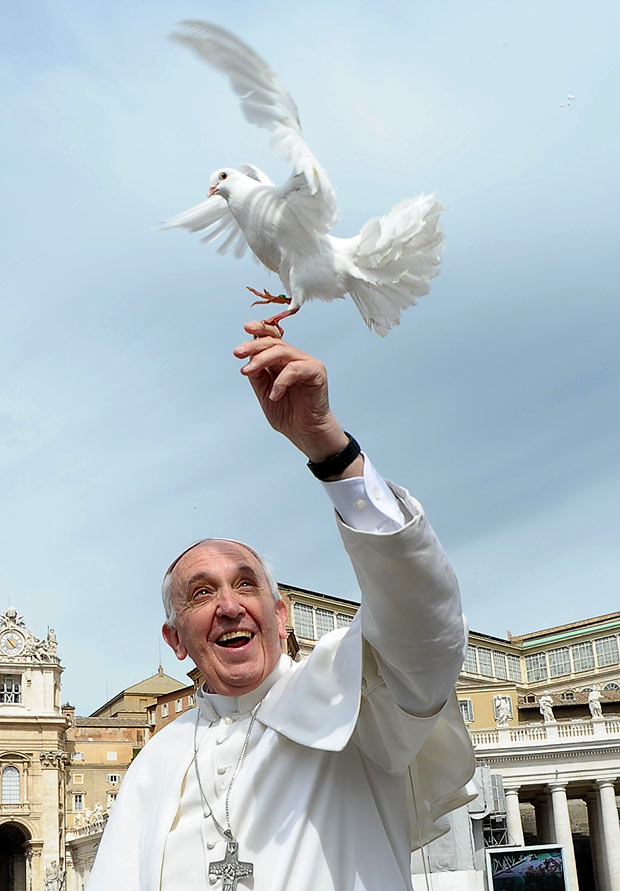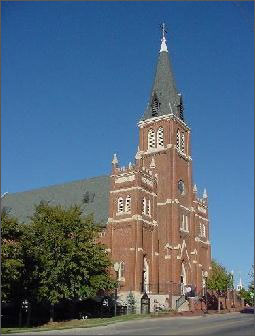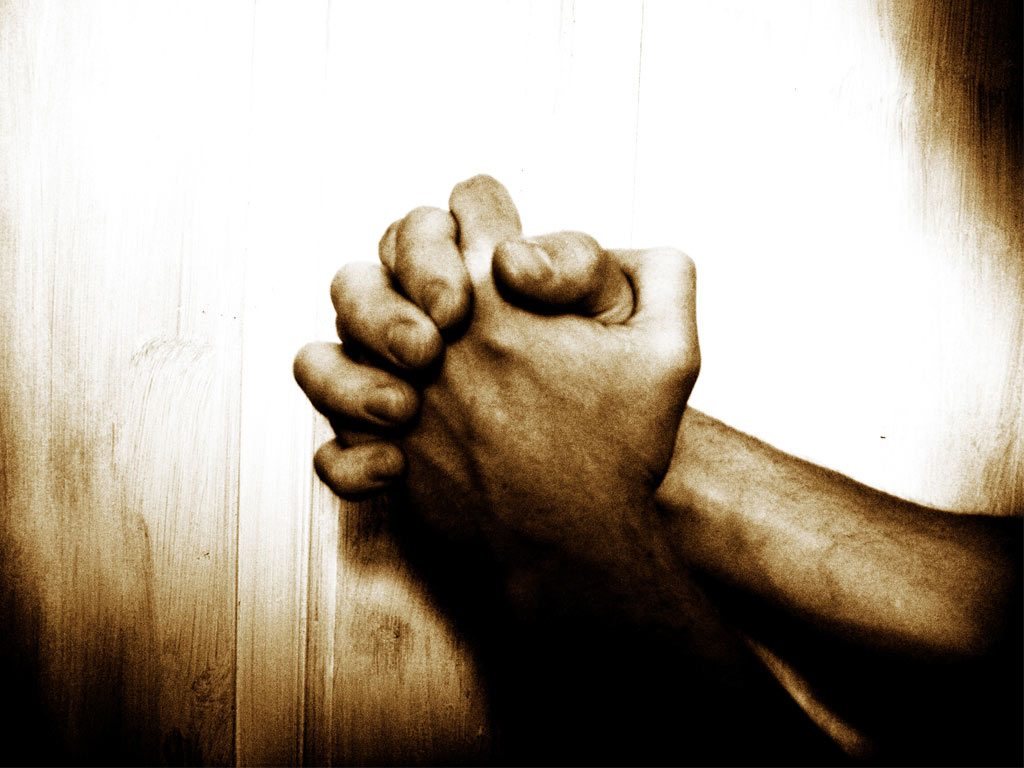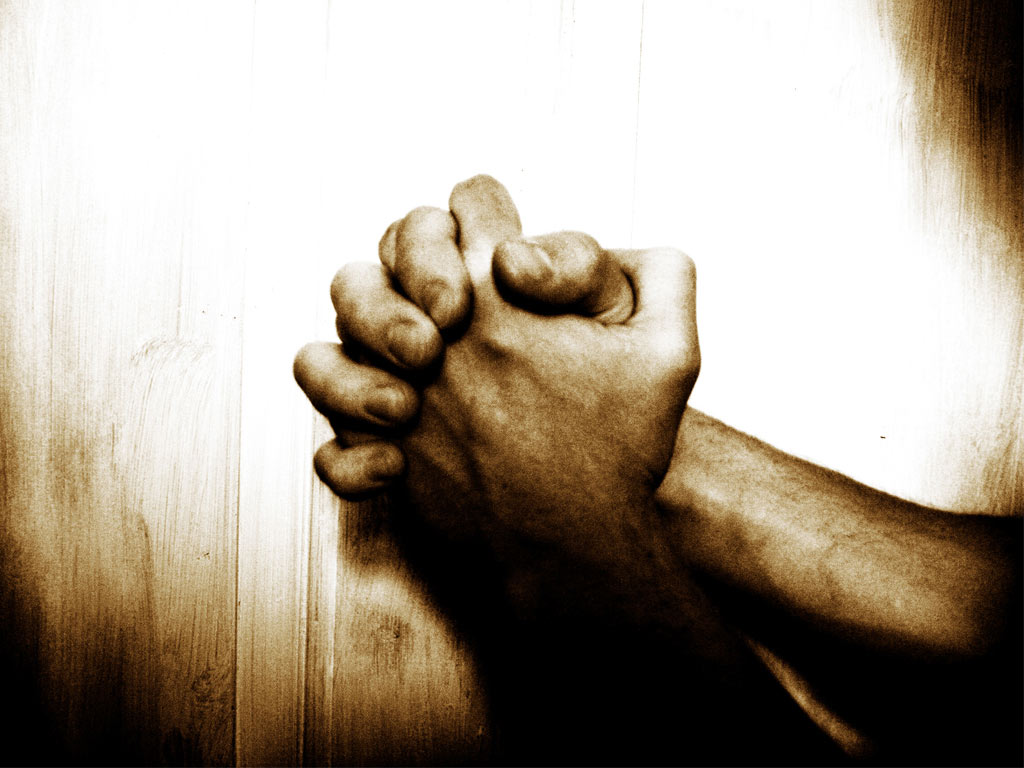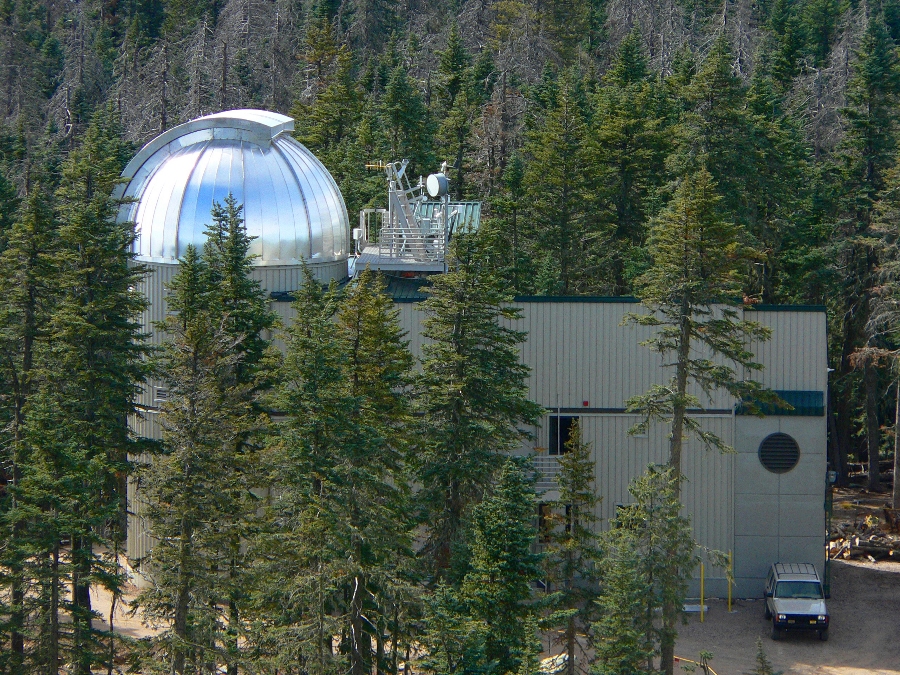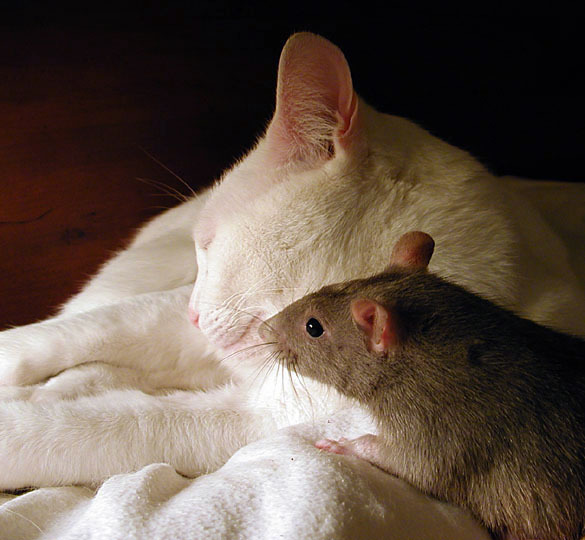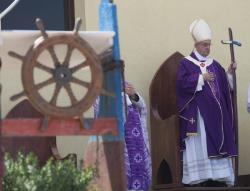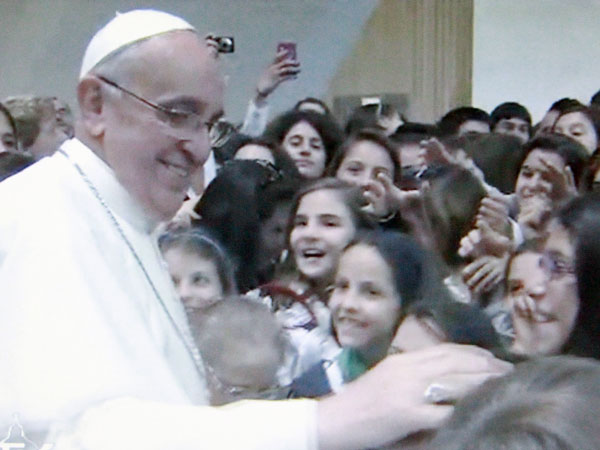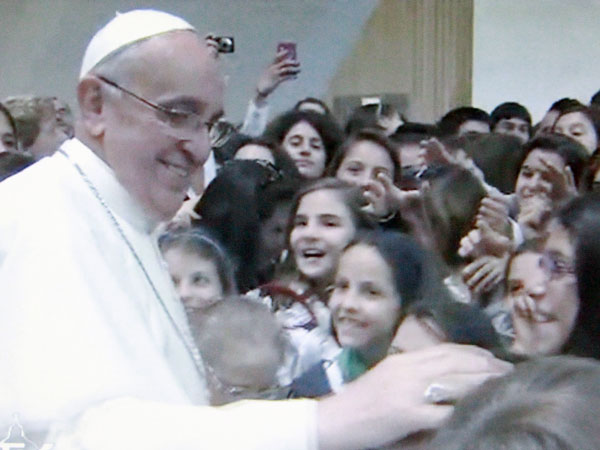(Vatican Radio) Pope Francis travelled on Monday to the tiny Sicilian island of Lampedusa. He threw a wreath of flowers into the sea to remember the thousands of migrants who have died making the journey to Italy from Africa. He then met with several migrants, thanking them for their welcome. The highlight of the day was a Mass celebrated in the island’s sports stadium, which served as a reception centre for the thousands of people who fled the upheavals caused by the Arab Spring unrest in North Africa, as well as refugees from poverty and violence in other parts of Africa.
Pope Francis said he came to Lampedusa “today to pray, to make a gesture of closeness, but also to reawaken our consciences so that what happened would not be repeated.”
He began by greeting the islanders with the phrase “O’ scia’!” a word of greeting in their local dialect, and thanking them for the work they have done to provide assistance to the migrants who have found their way to Lampedusa, saying they offer “an example of solidarity.”
He also greeted Muslim migrants who are about to begin Ramadan.
“The Church is near to you in the search for a more dignified life for yourselves and for your families,” he said.
The Holy Father wore violet vestments during the Mass, calling it a “liturgy of repentance.”
“God asks each one of us: Where is the blood of your brother that cries out to me?,” Pope Francis said during his homily, quoting from the Genesis story of Cain and Abel. “Today no one in the world feels responsible for this; we have lost the sense of fraternal responsibility.”
“The culture of well-being, that makes us think of ourselves, that makes us insensitive to the cries of others, that makes us live in soap bubbles, that are beautiful but are nothing, are illusions of futility, of the transient, that brings indifference to others, that brings even the globalization of indifference,” he continued. “In this world of globalization we have fallen into a globalization of indifference. We are accustomed to the suffering of others, it doesn’t concern us, it’s none of our business.”
Pope Francis then moved from the Old Testament to the New Testament, with another story of death caused by indifference to suffering: the Massacre of the Innocents.
“Herod sowed death in order to defend his own well-being, his own soap bubble,” said the Holy Father. “And this continues to repeat itself. Let us ask the Lord to wipe out [whatever attitude] of Herod remains in our hears; let us ask the Lord for the grace to weep over our indifference, to weep over the cruelty in the world, in ourselves, and even in those who anonymously make socio-economic decisions that open the way to tragedies like this.”
Pope Francis then asked for forgiveness: for the “indifference towards so many brothers and sisters…for those who are pleased with themselves, who are closed in on their own well-being in a way that leads to the anaesthesia of the heart, … for those who with their decisions at the global level have created situations that lead to these tragedies. Forgive us, Lord!”
Though the influx of migrants has slowed since its height at the outbreak of the Arab Spring in 2011, people nevertheless continue to come. Shortly before the pope arrived on the tiny island Monday morning, a boat carrying 165 migrants from Mali made port. On Sunday, 120 people including four pregnant women were rescued at sea after their vessel suffered engine failure roughly 11 kilometres from the Lampedusan coast.
more
